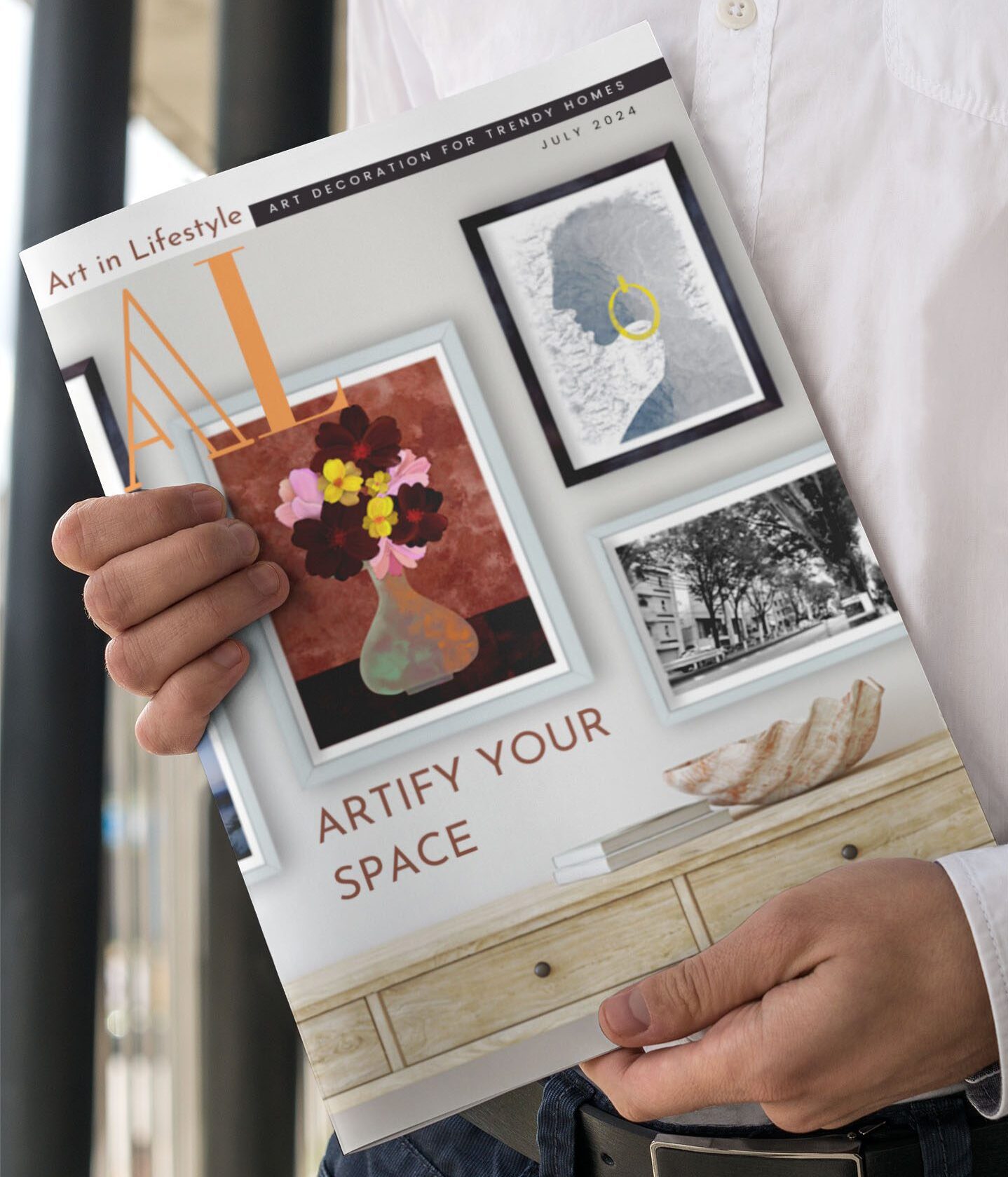ART IDENTIFICATION AND TRACEABILITY
“Identification and traceability are vital for ensuring quality, authenticity, and compliance in business operations, building trust and transparency.”
Why Identification and Traceability Matter
Proper identification and traceability are essential in the art world for several reasons:
- Authenticity Verification: Ensures the artwork’s provenance and legitimacy.
- Quality Assurance: Maintains high standards of care and handling.
- Historical Record: Preserves the artwork’s history and condition over time.
- Regulatory Compliance: Adheres to industry standards and best practices.
Our Comprehensive Process
1. Acquisition of Artwork
Upon acquiring new artwork, we document all relevant details, including:
- Artist’s Name: Ensuring credit to the creator.
- Title: The official name of the artwork.
- Date of Creation: When the artwork was made.
- Medium: The materials used in the artwork.
- Framing: The materials used in the framing.
- Dimensions: Size specifications of the piece.
- Provenance: The artwork’s history and previous ownership.
Each piece is then assigned a unique identifier, such as a catalog number or barcode, facilitating easy reference and traceability.
2. Labeling
To maintain a seamless identification process:
- Physical Labels: Affixed to the back or underside of the artwork in a non-intrusive manner, containing the unique identifier and key details.
- Digital Records: All information is entered into our secure database, ensuring synchronization between physical labels and digital records.
3. Storage and Handling
Our storage and handling protocols are designed to protect and preserve:
- Documented Storage Location: Including details of storage conditions like temperature and humidity.
- Handling Guidelines: Clear instructions to prevent damage, specifying authorised personnel and proper techniques.
4. Movement and Tracking
Every movement of the artwork is meticulously tracked:
- Movement Logs: Documenting any relocation, the date, reason, and responsible person.
- Condition Reports: Completed before and after movement, detailing the artwork’s state to ensure it remains undamaged.
5. Display and Exhibition
When artworks are displayed or loaned:
- Display Documentation: Recording the location and duration of the display, along with any environmental changes.
- Exhibition Agreements: Formalizing terms for loaned pieces, including insurance and handling requirements.
6. Regular Audits
Conduct periodic audits to ensure accuracy and consistency:
- Audit Procedures: Verifying records against the physical location and condition of artworks.
- Discrepancy Resolution: Investigating and resolving any issues, with documented corrective actions to prevent recurrence.
Commitment to Excellence
Our commitment to maintaining high standards in identification and traceability reflects our dedication to excellence. By adhering to quality management standards, we ensure that every piece of art in our care is preserved, authenticated, and documented with the utmost precision.
For more information about our art consultancy services or to discuss how we can assist you with your collection, please contact us. Let us help you ensure the lasting legacy and value of your treasured artworks.



